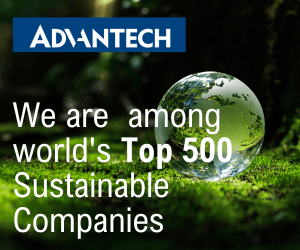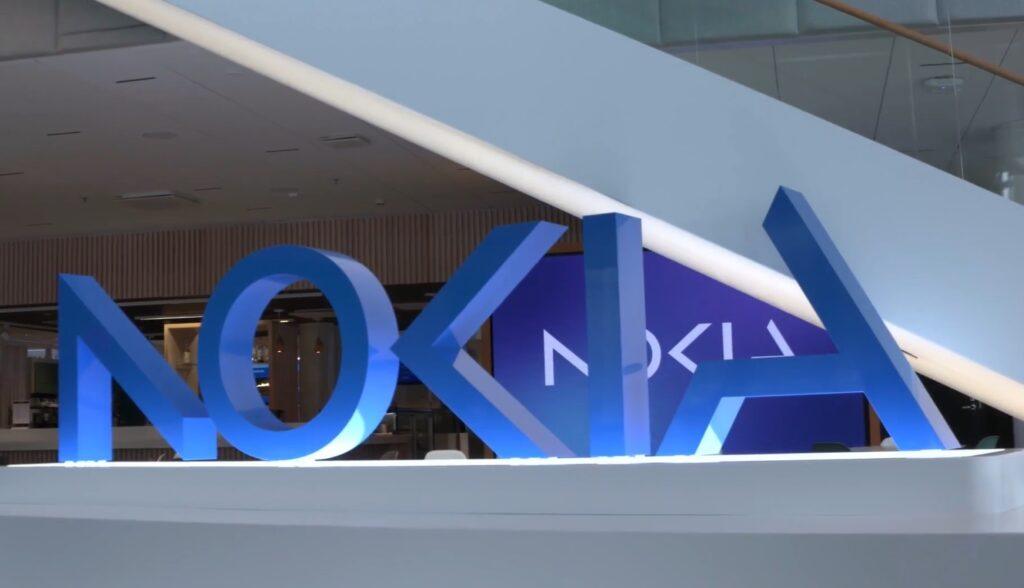Symbiosis Coalition seeks to identify and scale next-generation nature restoration projects with a focus on certainty of climate impact
- The Symbiosis Coalition aims to facilitate an advance market commitment (AMC) of up to 20 million tons of nature-based carbon removal credits. While only a fraction of the world’s total carbon removal goals, this is the first and largest AMC ever for nature-based carbon removal, equivalent in volume to the 2030 carbon removal goals of the state of California. The goal of the Coalition is to send a strong demand signal to accelerate the development of high-impact, science-based restoration projects that will advance progress on global climate goals.
- Symbiosis will focus on catalyzing and scaling carbon projects that meet the highest quality bar for planet and people, integrating the most recent science and data on the climate impact of restoration while equitably involving and compensating Indigenous Peoples and local communities.
- The Coalition will translate its goals into action by establishing and communicating clear quality criteria for nature-based carbon removal procurement efforts, engaging independent experts to continuously review these criteria in line with latest science and update them as needed, with the goal of creating a joint Request For Proposal (RFP) process to support Symbiosis offtake commitments, and paying the real cost necessary to enable these projects to happen.
- Symbiosis will transparently share lessons learned through these efforts with the broader public, rigorously monitor and evaluate impact from projects, and continually evolve its efforts as new data, science, and lessons arise to advance public confidence in nature’s role in fighting climate change.
NEW YORK–(BUSINESS WIRE)–Today, Google, Meta, Microsoft, and Salesforce announce the Symbiosis Coalition, an advance market commitment for nature-based removal credits in the voluntary carbon market. These companies have collectively committed to contract up to 20 million tons in nature-based carbon removal credits by 2030 that have high certainty of impact on the climate and result in equitable outcomes for the communities whose livelihoods depend on these projects.
Nature restoration is essential to meeting the world’s climate goals, but nature-based projects are complex and challenging to get right. Projects that integrate new technology and research to better measure outcomes, equitably engage Indigenous Peoples and local communities, and balance carbon sequestration benefits with other environmental co-benefits can come with significant cost. As a result, the nature-based carbon removal market has been hampered by a perceived lack of high-quality restoration projects and uncertainty around willingness to pay, keeping investors on the sidelines and eroding public trust in nature-based removal credits’ potential for climate and social impact. The Coalition will help members address these challenges by facilitating the signing of long-term offtake agreements for projects that incorporate conservative assumptions on climate impact, draw on the best available science and practice, and equitably involve and compensate Indigenous Peoples and local communities.
Through a strong demand signal and a willingness to pay the real cost that it takes to develop these high-quality projects, Symbiosis intends to partner with like-minded investors, NGOs, market standard setters, and project developers to clarify the bar for what “good” restoration looks like and enable more of these projects to happen.
While the aforementioned companies acknowledge the imperative to first reduce their own emissions, they also recognize the necessary role of a high-integrity carbon market and of nature protection and restoration in addressing climate change. A recent McKinsey analysis highlighted that carbon dioxide removal will likely require $6 trillion to $16 trillion of cumulative investment by 2050 to achieve net-zero goals. With under $15 billion invested in carbon removals to-date and under-investment in ecosystem protection and restoration, bold action is needed. Symbiosis will complement other critical, climate-focused AMCs that encourage investment in forest protection at the jurisdictional level and aim to scale the market for engineered carbon removals.
Growing something new
Symbiosis intends to serve as an independent, non-profit joint procurement vehicle for nature-based carbon removal credits guided by five quality pillars: conservative accounting, durability, social and community benefits, ecological integrity, and transparency. These pillars will inform more specific quality criteria for the procurement of various nature-based project types, with an initial focus on forest and mangrove restoration.
Members will have the opportunity to purchase carbon removal credits that count towards their pledge through a joint RFP in addition to their own efforts. The initial RFP will focus on afforestation, reforestation, and revegetation projects (ARR), inclusive of agroforestry. Symbiosis will apply a set of criteria for ARR projects informed by a suite of independent technical advisors (acknowledged here) and that build on the most conservative standard for measuring real nature-based climate impact on the market today. These criteria emphasize:
- Dynamic baselining to address additionality,
- Robust approaches to leakage, and
- Pathways to creating durable, long lasting projects.
In addition, Symbiosis will prioritize projects that demonstrate financial transparency, greater biodiversity benefit, and equitable engagement and outcomes for Indigenous Peoples and local communities.
Nature-based projects are complex and challenging to get right. With that in mind, the Coalition will transparently share lessons learned throughout the procurement process. Members will work collaboratively to rigorously evaluate project impact and align on potential remedies if projects underperform, whether directly engaging with a project developer to make changes, working with a registry to ensure that pooled buffer reserve carbon removal credits are canceled appropriately, or other novel solutions. Symbiosis will work with external experts to ensure that its quality criteria continually reflect the best available data and science on climate impact and to advance consistent and unified standards across the market.
Symbiosis hopes to inspire other buyers to follow its standards and ultimately expand its membership to other companies. Symbiosis looks forward to collaborating with the broader restoration and carbon market ecosystem – investors, NGOs, standards bodies, project developers, researchers, and other stakeholders – to lay the foundation for a vibrant carbon market with nature at the forefront.
Kate Brandt, Chief Sustainability Officer at Google: “Google is thrilled to join other Symbiosis founders and members to help grow the nature-based carbon removal market in a way that is firmly guided by science and has a measurable impact on the atmosphere. While we’re first and foremost committed to reducing emissions from our operations and value chain, we recognize that won’t be enough to avoid the worst effects of climate change. It’s critical that we harness the power of both technology and nature to enable carbon removal at gigaton-scale and with the highest certainty of impact.”
Blair Swedeen, Global Head of Net Zero and Sustainability at Meta: “We are excited to join other leading companies to signal our support for the highest quality carbon removal projects that have an impact for people and the planet. Reducing our emissions and helping to scale a robust carbon market that includes nature-based and technological carbon removal solutions are essential parts of achieving our sustainability goals, and we’re proud to partner with our peers to help tackle the climate crisis.”
Melanie Nakagawa, Chief Sustainability Officer at Microsoft: “High-quality, nature-based solutions are vital to addressing climate change, and our work with the Symbiosis Coalition is a key step towards realizing our carbon negative goal by 2030 through a diversified portfolio of carbon removal. This collaboration will help build the overall market for these solutions, leading to more restoration purchases that benefit all of us. Continued investment in carbon removal is important not just to meet our goals but for the world to meet its goals.”
Suzanne DiBianca, EVP and Chief Impact Officer at Salesforce: “Through effective collaboration, we can rapidly scale high quality nature-based credits and improve market integrity, driving significant benefits for both people and the planet. We’re proud to be a founding member of Symbiosis, and are committed to our Nature Positive Strategy, emphasizing nature-based solutions including blue carbon projects, 1t.org, and empowering ecopreneurs. These initiatives highlight the critical role of diverse ecosystems in accelerating climate action to protect nature and biodiversity.”
Julia Strong, Executive Director of Symbiosis: “Symbiosis represents a steadfast commitment to the importance of nature to climate action and the role of carbon markets, when done right, to financing critical climate solutions. These leading companies are committed to making restoration the most effective lever it can be in tackling climate change. Symbiosis sends a strong signal to project developers that buyers are willing to pay what it takes for high-quality projects that benefit the environment and local communities.”
To learn more, visit the Symbiosis website at www.symbiosiscoalition.org. For media and partnership inquiries, please contact hello@symbiosiscoalition.org.
Contacts
Symbiosis Coalition
hello@symbiosiscoalition.org
(908) 278-4818














